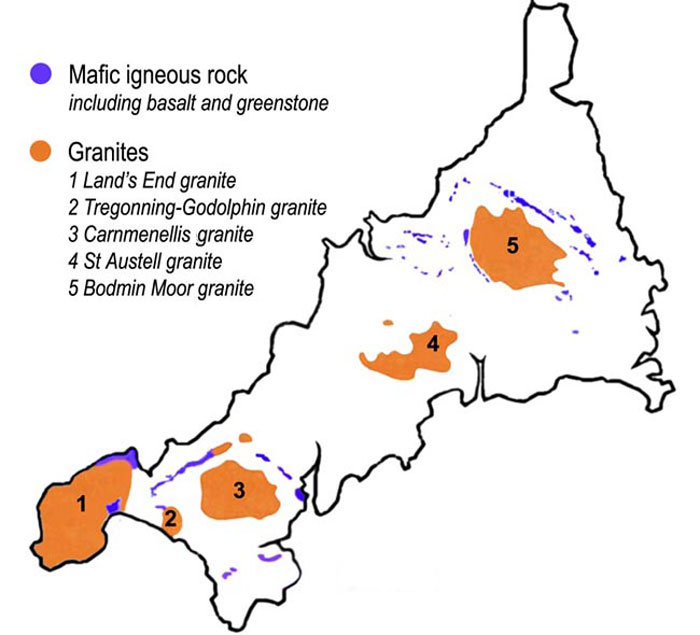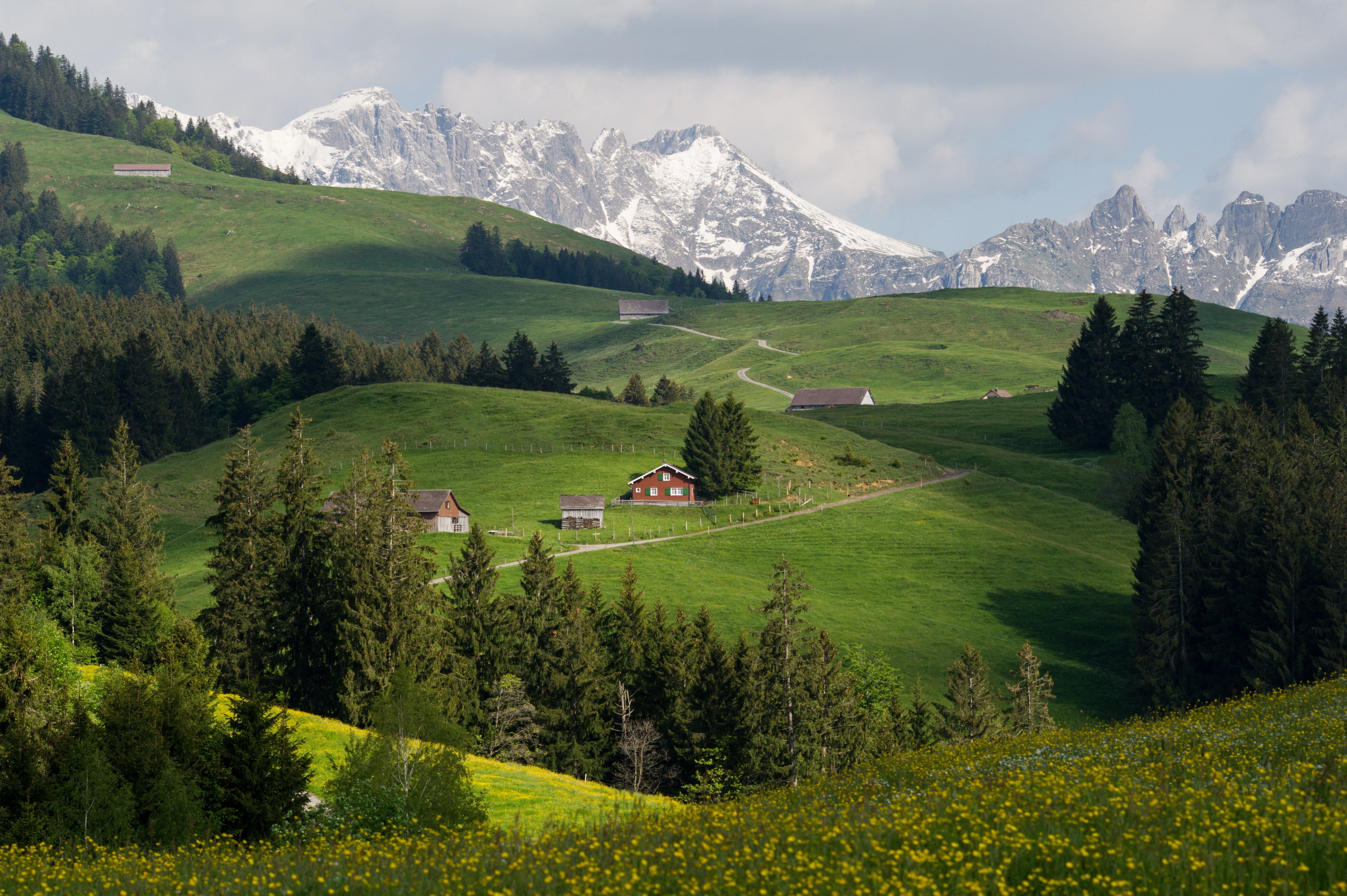|
Phenomenology (archaeology)
In archaeology, phenomenology is the application of sensory experiences to view and interpret an archaeological site or cultural landscape in the past. It views space as socially produced and is concerned with the ways people experience and understand spaces, places and Landscapes. Phenomenology became a part of the Post-processual archaeology movement in the early 1990s and was a reaction to Processual archaeology's proposed 'scientific' treatment of space as an abstract and empty locus for action. In contrast, phenomenology proposes a 'humanized' space which is embedded with meaning and is created through praxis (actions, rituals, social events, and relationships between people and places). Phenomenology therefore treats the landscape as a network of places, each of which bears meaning and is connected through movements and narratives. Phenomenological approaches have been the subject of much debate within archaeology with critics saying the methods are unscientific, subjective, ... [...More Info...] [...Related Items...] OR: [Wikipedia] [Google] [Baidu] |
Archaeology
Archaeology or archeology is the scientific study of human activity through the recovery and analysis of material culture. The archaeological record consists of Artifact (archaeology), artifacts, architecture, biofact (archaeology), biofacts or ecofacts, archaeological site, sites, and cultural landscapes. Archaeology can be considered both a social science and a branch of the humanities. It is usually considered an independent academic discipline, but may also be classified as part of anthropology (in North America – the four-field approach), history or geography. Archaeologists study human prehistory and history, from the development of the first stone tools at Lomekwi in East Africa 3.3 million years ago up until recent decades. Archaeology is distinct from palaeontology, which is the study of fossil remains. Archaeology is particularly important for learning about prehistoric societies, for which, by definition, there are no written records. Prehistory includes ove ... [...More Info...] [...Related Items...] OR: [Wikipedia] [Google] [Baidu] |
Geographic Information System
A geographic information system (GIS) is a type of database containing geographic data (that is, descriptions of phenomena for which location is relevant), combined with software tools for managing, analyzing, and visualizing those data. In a broader sense, one may consider such a system to also include human users and support staff, procedures and workflows, body of knowledge of relevant concepts and methods, and institutional organizations. The uncounted plural, ''geographic information systems'', also abbreviated GIS, is the most common term for the industry and profession concerned with these systems. It is roughly synonymous with geoinformatics and part of the broader geospatial field, which also includes GPS, remote sensing, etc. Geographic information science, the academic discipline that studies these systems and their underlying geographic principles, may also be abbreviated as GIS, but the unambiguous GIScience is more common. GIScience is often considered a subdi ... [...More Info...] [...Related Items...] OR: [Wikipedia] [Google] [Baidu] |
Sue Hamilton (archaeologist)
Sue Hamilton is a British archaeologist and Professor of Prehistory at the UCL Institute of Archaeology. A material culture specialist and landscape archaeologist. Between September 2014–August 2022 she was director of the UCL Institute of Archaeology, its first permanent female director. Education Sue Hamilton studied archaeology at school and at the University of Edinburgh before transferring to the (then) Institute of Archaeology, UCL, where she gained a BA in Archaeology. She was awarded a PhD from the University of London in 1993 for her thesis on ''First Millennium BC Pottery Traditions in Southern Britain''. Career Prior to joining the Institute of Archaeology in 1990, Sue Hamilton taught archaeology at Birkbeck College and the Polytechnic of North London. Her early research focused on later British prehistory and pottery and she was a contributor to the UK Prehistoric Ceramics Research Group's, ''The Study of Later Prehistoric Pottery: Guidelines for Analysis and ... [...More Info...] [...Related Items...] OR: [Wikipedia] [Google] [Baidu] |
Joanna Bruck
Joanna Bruck is an archaeologist and academic, who is a specialist on Bronze Age Britain and Ireland. Since 2020, she has been Professor of Archaeology and Head of the School of Archaeology at University College Dublin. She was previously Professor of Archaeology at the University of Bristol between 2013 and 2020. Education She studied for a BA and PhD at the University of Cambridge. Her thesis, awarded in 1997, was titled "''The early-middle bronze age transition in Wessex, Sussex and the Thames Valley''", supervised by Marie Louise Stig Sorensen. Career Bruck was a junior research fellow at Clare Hall, Cambridge from 1997 to 1999. She then moved to University College Dublin, where she had been appointed a lecturer in archaeology in 1999. By 2006, she had been promoted to senior lecturer. In 2013, she moved to the University of Bristol where she had been appointed Reader in Archaeology. She was promoted to Professor of Archaeology at Bristol, before returning Unive ... [...More Info...] [...Related Items...] OR: [Wikipedia] [Google] [Baidu] |
Neolithic
The Neolithic period, or New Stone Age, is an Old World archaeological period and the final division of the Stone Age. It saw the Neolithic Revolution, a wide-ranging set of developments that appear to have arisen independently in several parts of the world. This "Neolithic package" included the introduction of farming, domestication of animals, and change from a hunter-gatherer lifestyle to one of settlement. It began about 12,000 years ago when farming appeared in the Epipalaeolithic Near East, and later in other parts of the world. The Neolithic lasted in the Near East until the transitional period of the Chalcolithic (Copper Age) from about 6,500 years ago (4500 BC), marked by the development of metallurgy, leading up to the Bronze Age and Iron Age. In other places the Neolithic followed the Mesolithic (Middle Stone Age) and then lasted until later. In Ancient Egypt, the Neolithic lasted until the Protodynastic period, 3150 BC.Karin Sowada and Peter Grave. Egypt in ... [...More Info...] [...Related Items...] OR: [Wikipedia] [Google] [Baidu] |
Bodmin Moor
Bodmin Moor ( kw, Goon Brenn) is a granite moorland in north-eastern Cornwall, England. It is in size, and dates from the Carboniferous period of geological history. It includes Brown Willy, the highest point in Cornwall, and Rough Tor, a slightly lower peak. Many of Cornwall's rivers have their sources here. It has been inhabited since at least the Neolithic era, when primitive farmers started clearing trees and farming the land. They left their megalithic monuments, hut circles and cairns, and the Bronze Age culture that followed left further cairns, and more stone circles and stone rows. By medieval and modern times, nearly all the forest was gone and livestock rearing predominated. The name Bodmin Moor is relatively recent. An early mention is in the ''Royal Cornwall Gazette'' of 28 November 1812. The upland area was formerly known as Fowey Moor after the River Fowey, which rises within it. Geology Bodmin Moor is one of five granite plutons in Cornwall that make up ... [...More Info...] [...Related Items...] OR: [Wikipedia] [Google] [Baidu] |
Bronze Age
The Bronze Age is a historic period, lasting approximately from 3300 BC to 1200 BC, characterized by the use of bronze, the presence of writing in some areas, and other early features of urban civilization. The Bronze Age is the second principal period of the three-age system proposed in 1836 by Christian Jürgensen Thomsen for classifying and studying ancient societies and history. An ancient civilization is deemed to be part of the Bronze Age because it either produced bronze by smelting its own copper and alloying it with tin, arsenic, or other metals, or traded other items for bronze from production areas elsewhere. Bronze is harder and more durable than the other metals available at the time, allowing Bronze Age civilizations to gain a technological advantage. While terrestrial iron is naturally abundant, the higher temperature required for smelting, , in addition to the greater difficulty of working with the metal, placed it out of reach of common use until th ... [...More Info...] [...Related Items...] OR: [Wikipedia] [Google] [Baidu] |
Geographic Information System
A geographic information system (GIS) is a type of database containing geographic data (that is, descriptions of phenomena for which location is relevant), combined with software tools for managing, analyzing, and visualizing those data. In a broader sense, one may consider such a system to also include human users and support staff, procedures and workflows, body of knowledge of relevant concepts and methods, and institutional organizations. The uncounted plural, ''geographic information systems'', also abbreviated GIS, is the most common term for the industry and profession concerned with these systems. It is roughly synonymous with geoinformatics and part of the broader geospatial field, which also includes GPS, remote sensing, etc. Geographic information science, the academic discipline that studies these systems and their underlying geographic principles, may also be abbreviated as GIS, but the unambiguous GIScience is more common. GIScience is often considered a subdi ... [...More Info...] [...Related Items...] OR: [Wikipedia] [Google] [Baidu] |
Simulation
A simulation is the imitation of the operation of a real-world process or system over time. Simulations require the use of models; the model represents the key characteristics or behaviors of the selected system or process, whereas the simulation represents the evolution of the model over time. Often, computers are used to execute the simulation. Simulation is used in many contexts, such as simulation of technology for performance tuning or optimizing, safety engineering, testing, training, education, and video games. Simulation is also used with scientific modelling of natural systems or human systems to gain insight into their functioning, as in economics. Simulation can be used to show the eventual real effects of alternative conditions and courses of action. Simulation is also used when the real system cannot be engaged, because it may not be accessible, or it may be dangerous or unacceptable to engage, or it is being designed but not yet built, or it may simply ... [...More Info...] [...Related Items...] OR: [Wikipedia] [Google] [Baidu] |
Ian Hodder
Ian Richard Hodder (born 23 November 1948, in Bristol) is a British archaeologist and pioneer of postprocessualist theory in archaeology that first took root among his students and in his own work between 1980–1990. At this time he had such students as Henrietta Moore, Ajay Pratap, Nandini Rao, Mike Parker Pearson, Paul Lane, John Muke, Sheena Crawford, Nick Merriman, Michael Shanks and Christopher Tilley. , he is Dunlevie Family Professor of Anthropology at Stanford University in the United States. Early life and education Hodder was born on 23 November 1948 in Bristol, England, to Professor Bramwell William "Dick" Hodder and his wife Noreen Victoria Hodder. He was brought up in Singapore and in Oxford, England. He was educated at Magdalen College School, Oxford, then an all-boys independent school. He studied prehistoric archaeology at the Institute of Archaeology of the University of London, graduating with a first class Bachelor of Arts (BA) in 1971. He the ... [...More Info...] [...Related Items...] OR: [Wikipedia] [Google] [Baidu] |
Cultural Landscape
Cultural landscape is a term used in the fields of geography, ecology, and heritage studies, to describe a symbiosis of human activity and environment. As defined by the World Heritage Committee, it is the "cultural properties hatrepresent the combined works of nature and of man" and falls into three main categories: # "a landscape designed and created intentionally by man" # an "organically evolved landscape" which may be a " relict (or fossil) landscape" or a "continuing landscape" # an "associative cultural landscape" which may be valued because of the "religious, artistic or cultural associations of the natural element." Historical development The concept of 'cultural landscapes' can be found in the European tradition of landscape painting. From the 16th century onwards, many European artists painted landscapes in favor of people, diminishing the people in their paintings to figures subsumed within broader, regionally specific landscapes.GIBSON, W.S (1989) Mirror of the ... [...More Info...] [...Related Items...] OR: [Wikipedia] [Google] [Baidu] |
.jpg)






